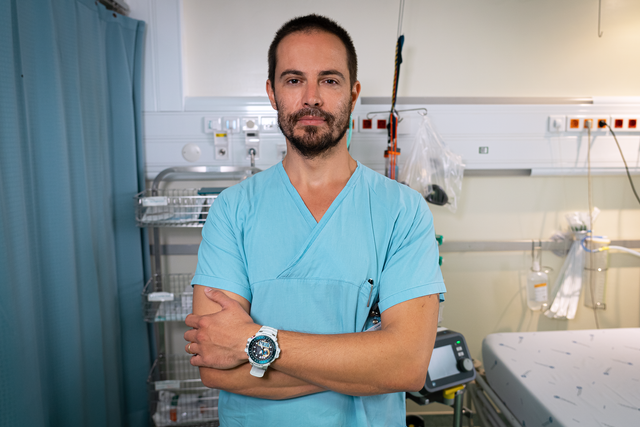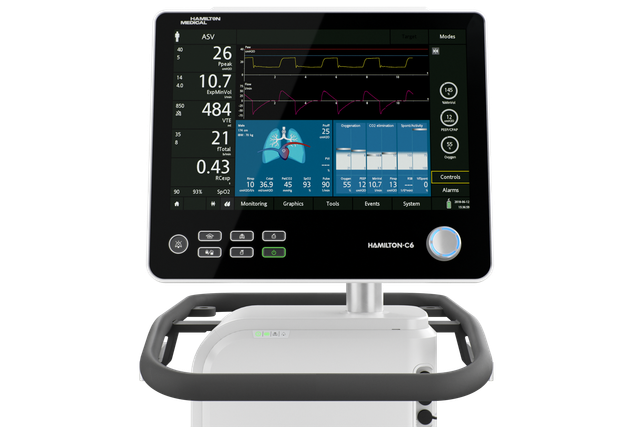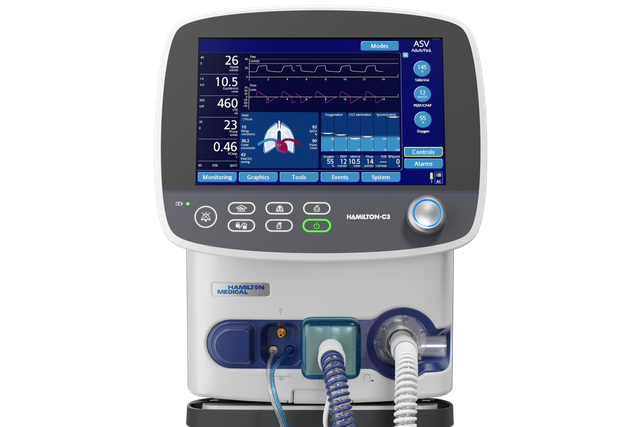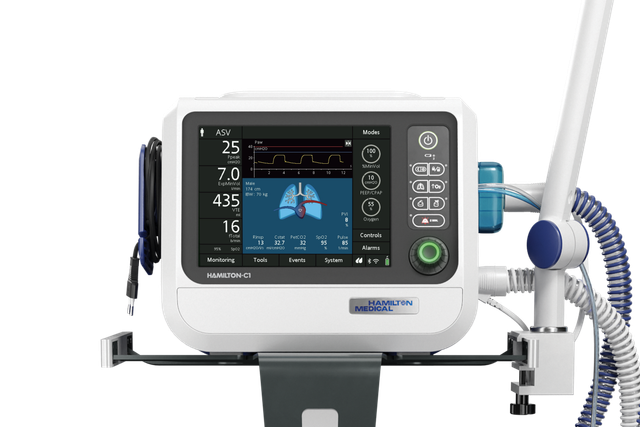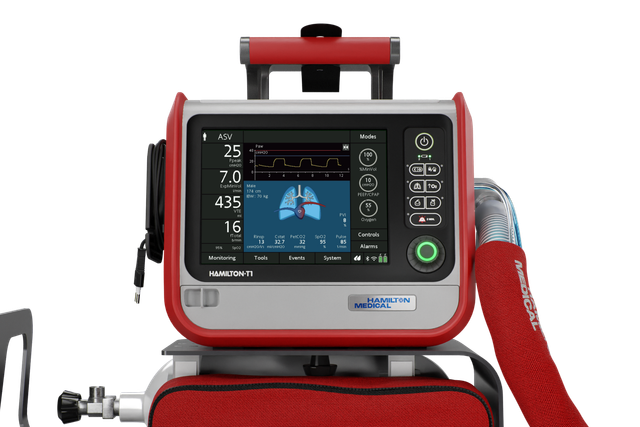
达到一个新的水平! INTELLiVENT‑ASV 的价值
我们的智能通气模式能使您从操作者转变为监督者。INTELLiVENT‑ASV 减少与呼吸机手动互动的次数 (
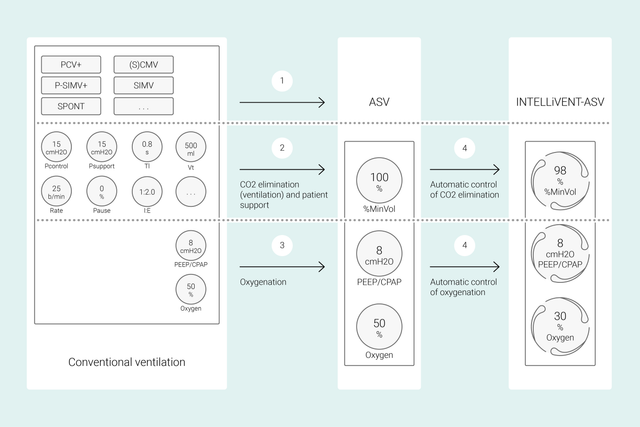
它有何不同? 典范转移
在常规模式下,您设置多个呼吸机控制参数(如潮气量或压力、呼吸频率、FiO2、PEEP 和呼气及吸气时间)来实现某些临床目标。此外,所有这些控制参数都需要频繁再评估和调节。
使用 INTELLiVENT‑ASV,您所确定的临床目标和对氧合和通气的策略即为重点。设定上述目标后,您可以决定 INTELLiVENT‑ASV 控制氧合和通气的程度范围,从而实现该目标。
然后 INTELLiVENT‑ASV 自动选择呼吸机设置,管理被动和主动呼吸状态之间的转换,并利用快速撤机功能主动为您的撤机方案提供支持。
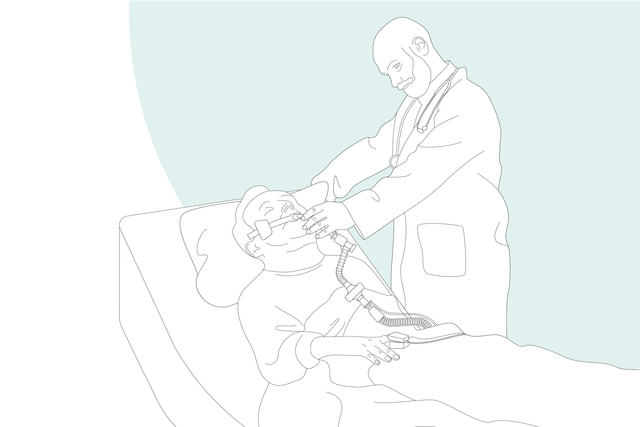
是否适合我的病人? 适用于插管的成人和儿童病人
多项国际研究证明了 INTELLiVENT‑ASV 在各种临床情景中的安全性和性能‑‑从心脏手术后 (
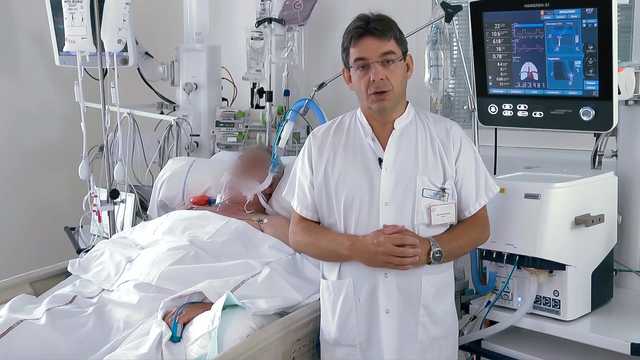
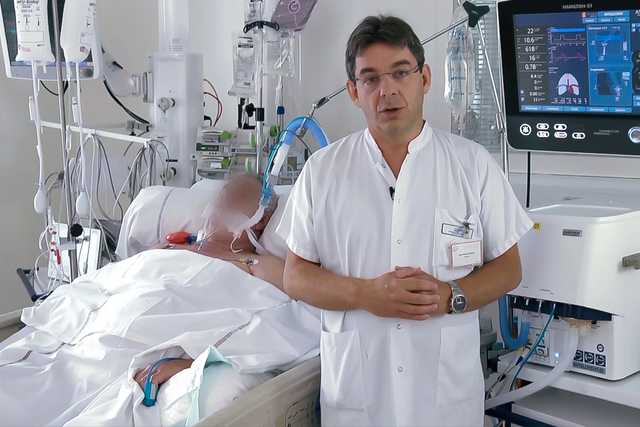
工作原理是什么? INTELLiVENT‑ASV 提供床旁说明
在本视频中,高级医师 Jean‑Michel Arnal 博士在真实 ICU 病人中为您快速演示了 INTELLiVENT‑ASV 的主要功能和设置。
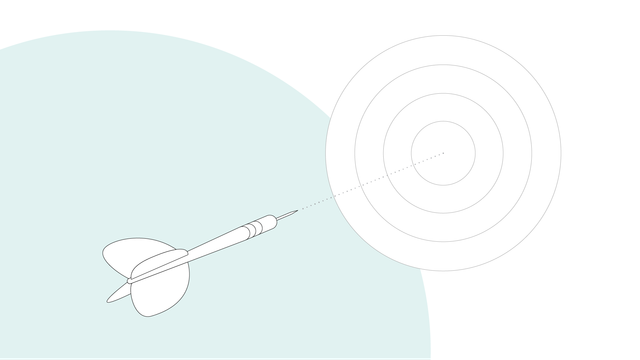
准备,确定目标,通气! 如何开始
开始时,设置病人的身高、性别和(必要时)特定状况:ARDS、慢性高碳酸血症或脑损伤。接着,为病人设置氧合状态 (SpO2) 和 CO2 清除状态 (PetCO2) 有关的临床目标。
然后,通过各种选项微调 INTELLiVENT‑ASV。例如,您可以决定是否想要手动设置 PEEP,还是想要 INTELLiVENT‑ASV 在您定义的范围内设置 PEEP。审查或设置报警限值后,即准备好开始通气。

让病人保持在目标值范围内。 如何调整通气
INTELLiVENT‑ASV 在床旁实施您的策略。您无需频繁更改个人设置,仅在必要时监测并重新调整目标和策略。
INTELLiVENT‑ASV 旨在使病人在您定义的目标范围内,并予以保持,同时维持肺保护通气 (
&Nbsp;
这些输入数据通过下面三个传感器测量:近端流量传感器提供肺力学指标和病人活动有关的数据,SpO2 和 CO2 传感器提供氧合状态和 CO2 清除状态有关的数据。
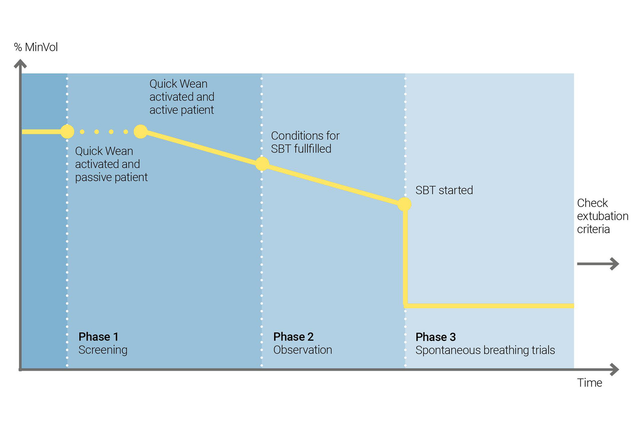
让病人撤机! 如何让您的病人撤机
利用 INTELLiVENT‑ASV 的快速撤机功能实施您的撤机方案。当病人自主呼吸时,您可以在通气过程中启用“快速撤机”。
您可以通过启用 SBT 配置“快速撤机”,以评估您的病人是否适于脱离呼吸机。您可以调整开始 SBT 的标准,运行 SBT 时使用的设置,以及中断 SBT 的标准。
INTELLiVENT‑ASV 始终显示所有已执行 SBT 的历史。如果 SBT 失败,则 INTELLiVENT‑ASV 恢复以前的通气设置。
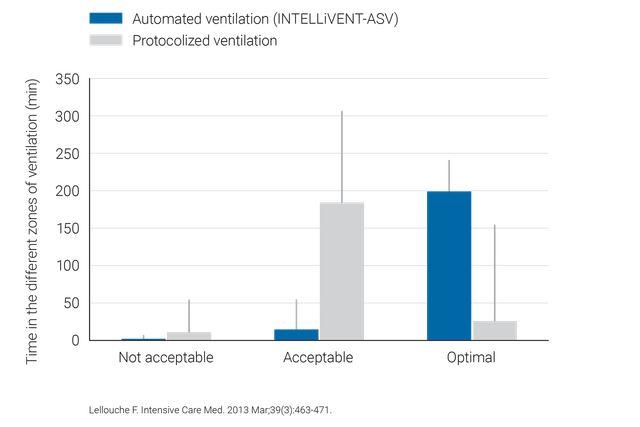
有哪些获益? 了解证据
临床研究表明 INTELLiVENT‑ASV 选择安全的驱动压力 (
相比常规通气,INTELLiVENT‑ASV 需要更少的手动调整,因此有助于减少医务人员的工作量 (

不可不知! INTELLiVENT‑ASV 培训资源
可用性
INTELLiVENT‑ASV 为 HAMILTON‑C6、HAMILTON‑G5, HAMILTON‑C3、HAMILTON‑C1 和 HAMILTON‑T1 的选配模式,HAMILTON‑S1 的标准模式。
参考文献
- 1. Beijers AJ, Roos AN, Bindels AJ. Fully automated closed‑loop ventilation is safe and effective in post‑cardiac surgery patients. Intensive Care Med. 2014;40(5):752‑753. doi:10.1007/s00134‑014‑3234‑7
- 2. Bialais E, Wittebole X, Vignaux L, et al. Closed‑loop ventilation mode (IntelliVent®‑ASV) in intensive care unit: a randomized trial. Minerva Anestesiol. 2016;82(6):657‑668.
- 3. Fot EV, Izotova NN, Yudina AS, Smetkin AA, Kuzkov VV, Kirov MY. Automated Weaning from Mechanical Ventilation after Off‑Pump Coronary Artery Bypass Grafting. Front Med (Lausanne). 2017;4:31. Published 2017 Mar 21. doi:10.3389/fmed.2017.00031
- 4. Arnal JM, Saoli M, Garnero A. Airway and transpulmonary driving pressures and mechanical powers selected by INTELLiVENT‑ASV in passive, mechanically ventilated ICU patients. Heart Lung. 2020;49(4):427‑434. doi:10.1016/j.hrtlng.2019.11.001
- 5. Wendel Garcia PD, Hofmaenner DA, Brugger SD, et al. Closed‑Loop Versus Conventional Mechanical Ventilation in COVID‑19 ARDS. J Intensive Care Med. 2021;36(10):1184‑1193. doi:10.1177/08850666211024139
- 6. Sulemanji DS, Marchese A, Wysocki M, Kacmarek RM. Adaptive support ventilation with and without end‑tidal CO2 closed loop control versus conventional ventilation. Intensive Care Med. 2013;39(4):703‑710. doi:10.1007/s00134‑012‑2742‑6
- 7. Lellouche F, Bouchard PA, Simard S, L'Her E, Wysocki M. Evaluation of fully automated ventilation: a randomized controlled study in post‑cardiac surgery patients. Intensive Care Med. 2013;39(3):463‑471. doi:10.1007/s00134‑012‑2799‑2




